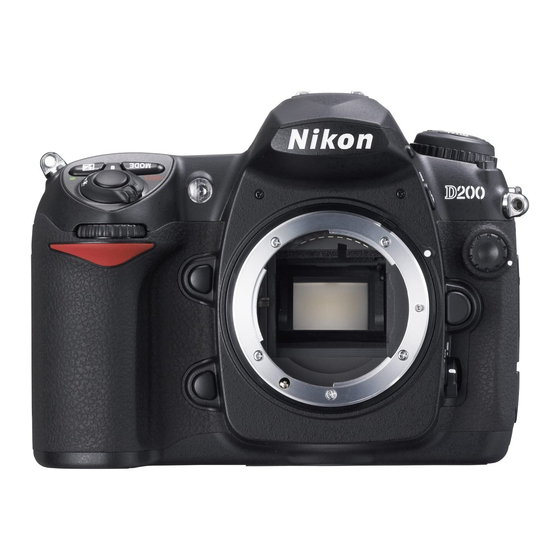Nikon D200 Manual - Página 6
Navegue en línea o descargue pdf Manual para Objetivo de la cámara Nikon D200. Nikon D200 25 páginas. Exploring
También para Nikon D200: Folleto y especificaciones (13 páginas), Folleto (7 páginas), Manual de instalación (2 páginas), Folleto y especificaciones (18 páginas), Folleto (14 páginas), Especificaciones (2 páginas), Características y cuadro comparativo (1 páginas), Manual del usuario (19 páginas), Especificaciones (2 páginas), Manual de instrucciones (23 páginas), Manual de inicio rápido (2 páginas), Manual de inicio rápido (9 páginas)

